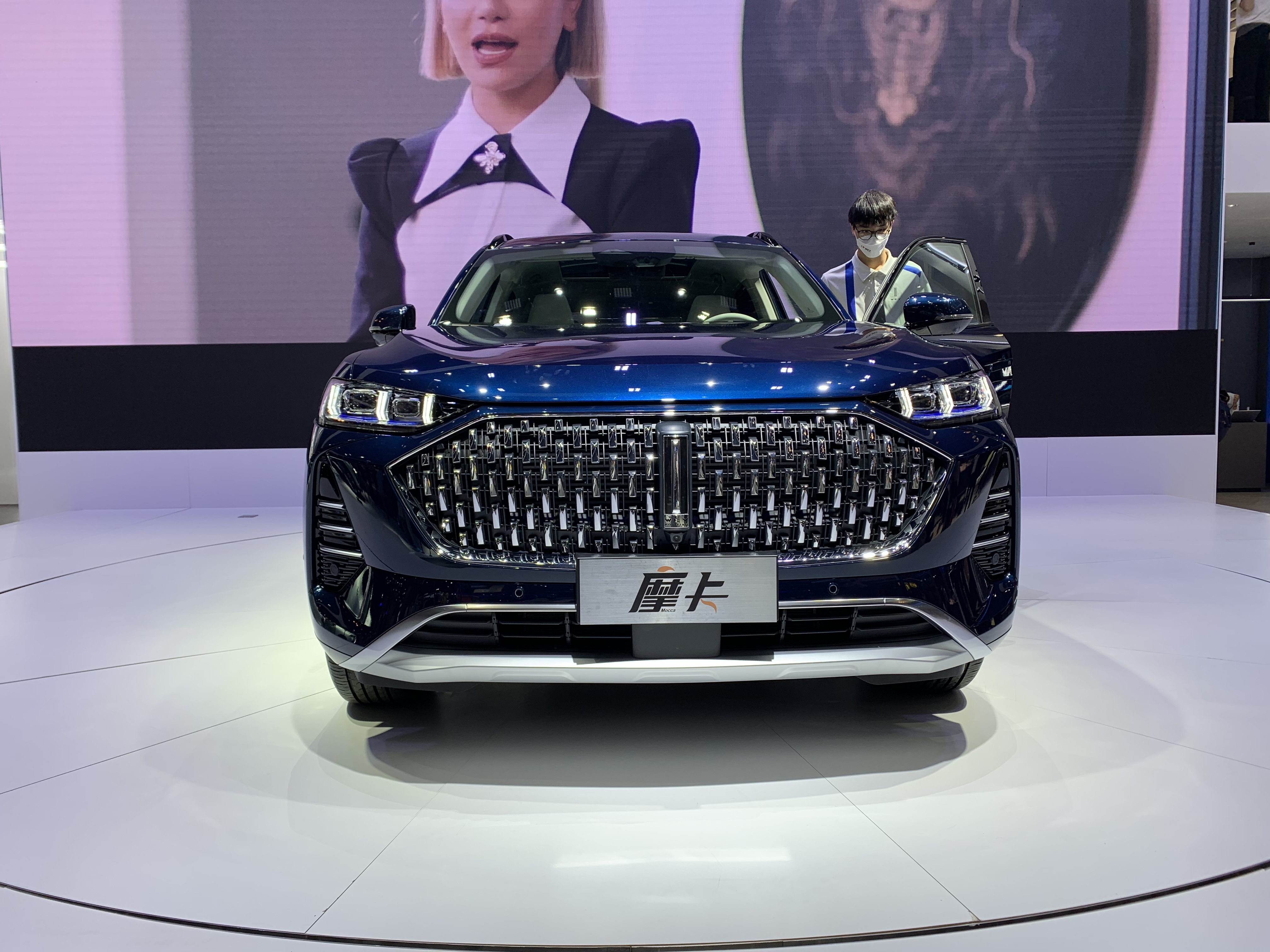On November 19, the Great Wall Wei brand released the Mocha NOH intelligent navigation version, with an official guide price of 223,800 RMB. The new car is equipped with adaptive laser headlights, electric control active suspension, and a HUD with augmented reality function. Of course, the highlight of Mocha NOH is that it is the first fuel-powered car model equipped with navigation-assisted driving.


After Tesla launched the NoA automatic assisted navigation driving function, which can autonomously change lanes according to navigation and enter and exit highways, NIO (NOP) and XPeng (NGP) also launched similar functions. Ideanomics is also about to launch its own NOA function. However, it is precisely because similar navigation-assisted driving functions are concentrated in the field of pure electric vehicles that this configuration has almost evolved into a synonym for electric cars. WEY set a precedent by being the first in the fuel-powered car field to adopt the NOH intelligent navigation-assisted driving system and launched the Mocha NOH.
Great Wall’s autonomous driving route consists of three steps:
- Step one: HWA high-speed driving assistance.
- Step two: NOH high-speed intelligent navigation assistance.
- Step three: HWP high-speed navigation driving.
The NOH system selected by Mocha fuses radar and camera technology, and the route is based on Gaode high-precision maps. In the future, the current forward-facing camera will be upgraded to two, the five millimeter-wave radars will be upgraded to eight, and three laser radars will be equipped, achieving L4 level capability.

The NOH system mounted on the Mocha integrates the in-car navigation system, high-precision maps, and HWA high-speed driving assistance system. This system can achieve navigation-assisted driving from point A to point B based on the user’s set navigation route within the range covered by high-precision maps on highways and city expressways.

This system has undergone 3 million hours of verification for 2 million kilometers, including practical tests in more than 100 cities totaling 1.5 million hours. The system achieves an average of 0.73 takeovers per hundred kilometers, a 95.5\% success rate for tunnels, a 96.9\% success rate for lane changes and overtaking, as well as a 94.8\% success rate for entering and exiting highways.
This article is a translation by ChatGPT of a Chinese report from 42HOW. If you have any questions about it, please email bd@42how.com.
